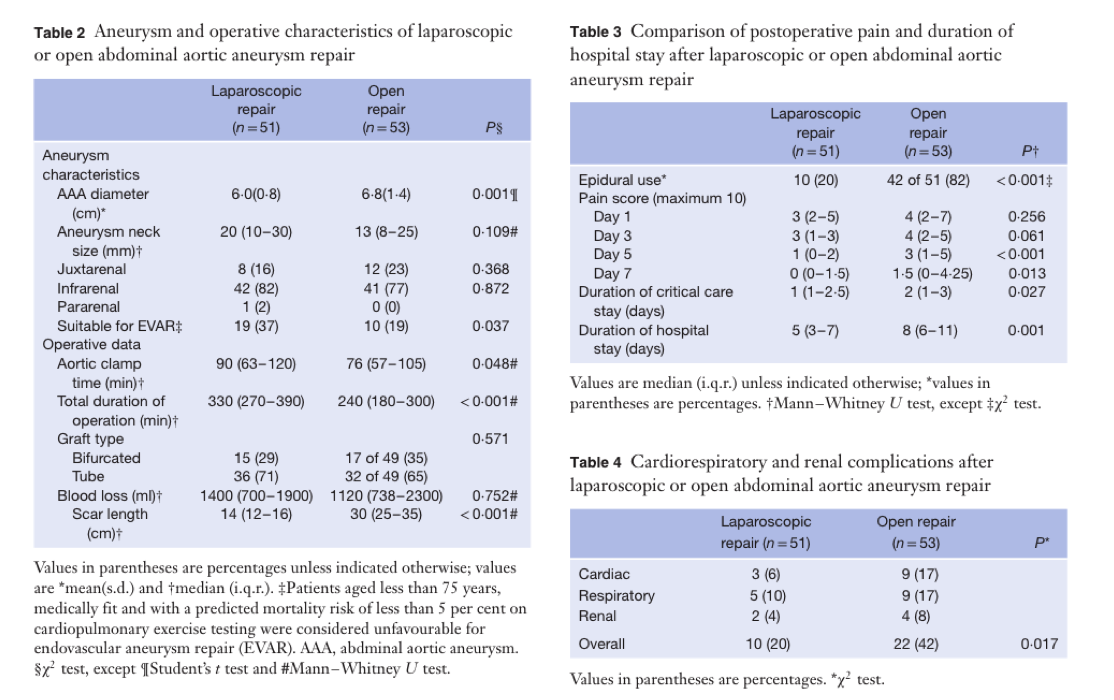It’s important, and interesting, to lead on the quality and quantity of core vascular knowledge that you deliver to trainees (FY1/2, CT1-3, STs) during your ward rounds … regardless of how many ward rounds you do (once weekly; once every six weeks, etc.).
The following topics and depth of vascular knowledge have to be delivered during your ward rounds; its up to you to design how and over what time you are delivering them.
- Basic vascular anatomy and surface anatomy: the tree; origin; branches; access and important structures; essential landmarks
- Basic history and physical examination of the six types of vascular diseases: ICs (with emphasise on risk factors and exercises/smoking); CIL (with emphasis on definitions and correlation to pressures); AAA (with emphasis on acute presentation and decision making); VVs (with emphasis on classification and severity); and diabetic foot (with emphasis on changes in skin, muscles, bones, deformities, nerves, and circulations).
- Core vascular ultrasound scan / waves/ resistance/ eABPIs/ pitfalls/
- Core pathophysiology – atherosclerosis (stages; endothelium; effect of statin; combination of organ effect) – aneurysmal disease – varicose veins – CILs – diabetic foot – see MRCS presentation
- Core principles of biomechanics in diabetic foot. – see biomechanics presentation
- Vascular Facts and Figures
- Basic techniques in vascular surgery:
- CORE VIDEOS
- EXPOSURE: aorta; iliac; femoral; popliteal; foot; carotid; subclavian; axillary; brachial;
- PROCEDURES –
- LEVEL OF COMPETENCY I would expect from a vascular trainee (with different levels of course):
PROCEDURES TO BE DISCUSSED (TO DIFFERENT LEVELS):






